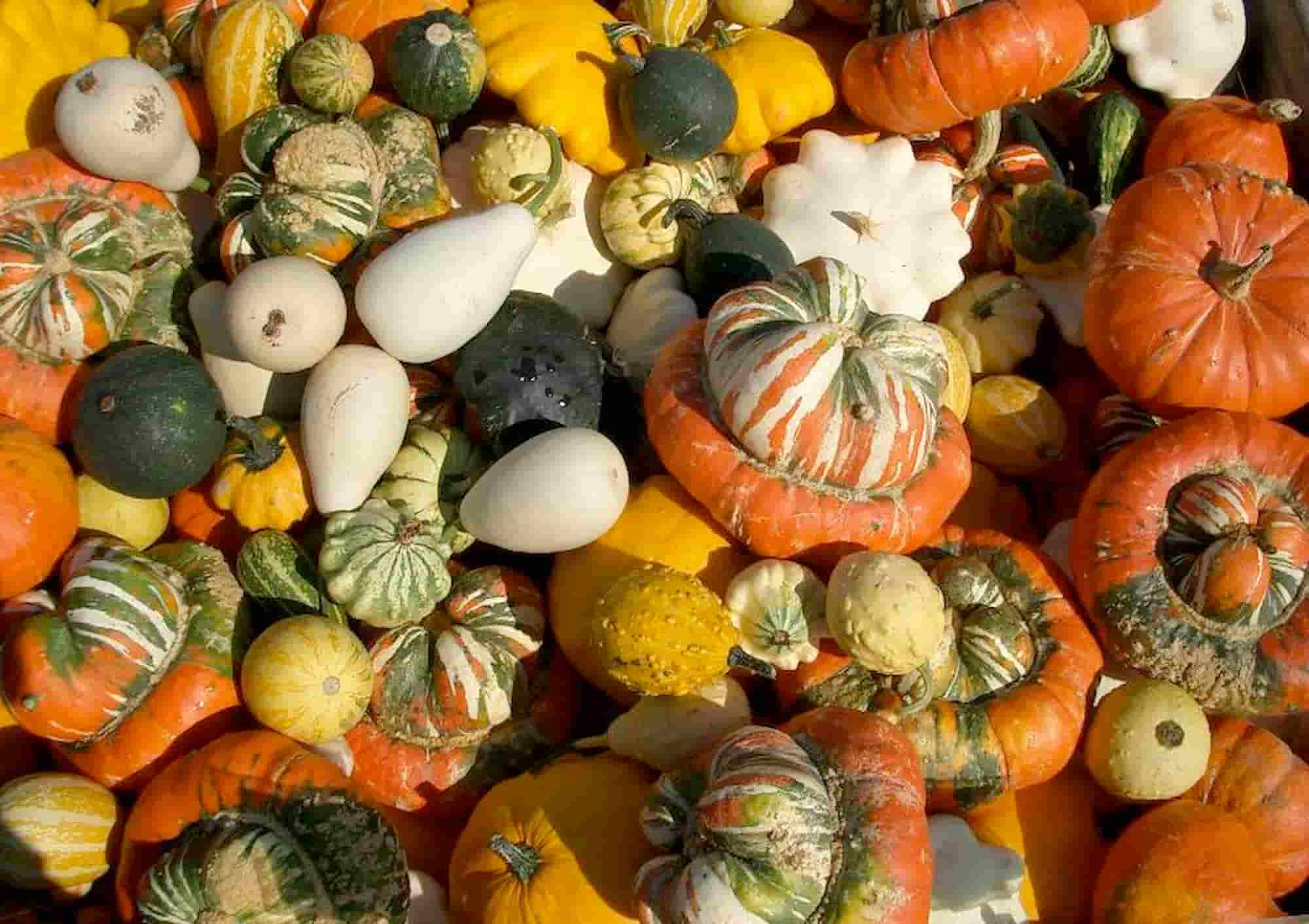
Squashes: buyer's guide
All our tips to choose squashes that suit your needs
Contents
Autumn vegetables par excellence, squashes hardly go unnoticed in the vegetable garden. Especially since they like to sprawl and are very productive as long as they are well situated in a sunny spot, with roots kept cool. We also love squashes for their diversity: from butternut to pumpkin, from winter squash to red kuri squash, the various squashes, prominent members of the cucurbit family, thrive in our gardens. Yet the squash family is particularly large and choosing between one variety or another can sometimes be difficult. How to choose between a white squash, a yellow kuri squash or a green pumpkin? With this buyer’s guide, we give you key tips to to grow squashes according to their variety, size, colour, flavour and even harvest time.
Depending on their variety
A first point is almost necessary to find one’s way among the different squashes, there being so many different species. Indeed, behind the generic word “squash” lie several botanical varieties that differ according to certain characteristics and often their flavour. These are the first selection criteria. They include:
- Cucurbita pepo are recognised by their peduncle marked by midribs that do not widen. Stems and leaves are most often prickly. In this species, pumpkins, pattypans, spaghetti squashes and Patidou squash are distinguished.
- Cucurbita maxima are often distinguished by their size as they are the species that produce the largest fruits (yes, squashes are fruits!). Unlike Cucurbita pepo, their peduncle is rounded and thickens. In this species are found pumpkins, potimarrons and giraumons.
- Cucurbita moschata: these are trailing squashes with a peduncle bearing five midribs that flare at the point of insertion into the fruit. This species includes musky squashes, butternuts and sucrine du Berry.
- Cucurbita argyrosperma: species of squash with a ribbed and slightly flattened peduncle. It includes the Cushaw Golden, which resembles a large courgette, and the Pépita Squash with a melon-like appearance.
- Cucurbita ficifolia melenosperma: leaves of this species resemble those of the fig tree. The main representative of this species is the Siam squash.
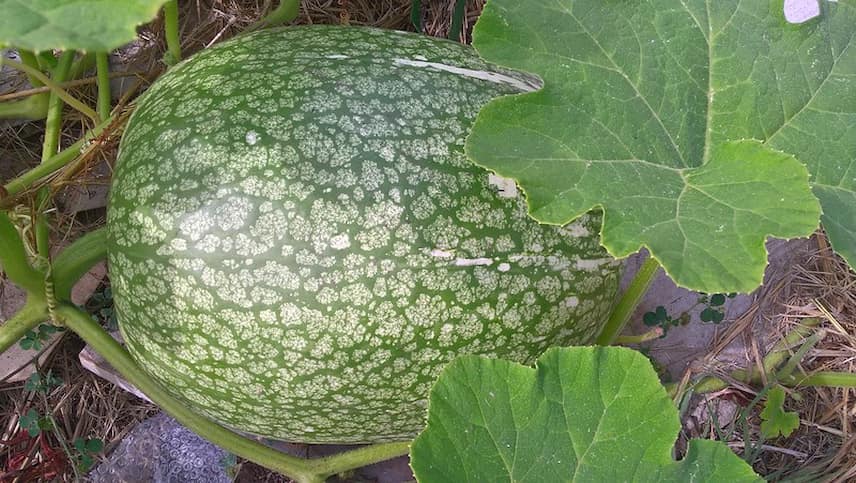
Siam squash is the main representative of Cucurbita ficifolia
By colour
Squashes offer one of the widest palettes of colours, symbols of their diversity. Moreover, colour of their flesh often differs from that of their skin. Nonetheless, several fairly characteristic hues can be distinguished:
Orange
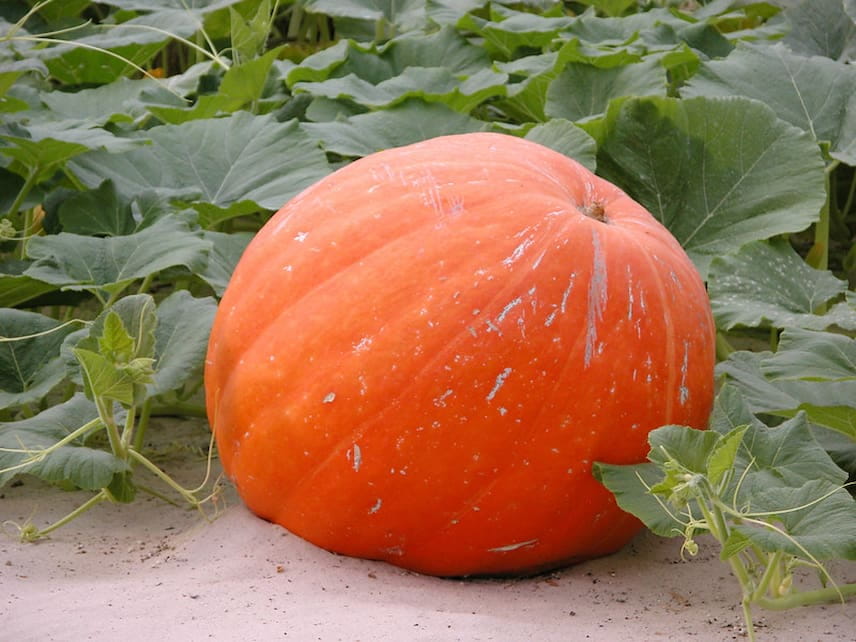
Orange in colour, Atlantic Giant squash also attracts the eye with its exceptional size
Orange is the most widespread colour among squashes. It is hard to miss the Halloween pumpkin “Jack O’Lantern” or the enormous Atlantic Giant, whose fruits with lovely orange skin can reach 200 kg. The Red kuri (potimarron) and the orange pattypan also display a fine orange, as do musquée de Provence squashes, both in flesh and skin.
As for butternut squashes, they are less showy externally but their flesh is decidedly orange. Another surprising squash seen at Halloween is the Twisted-neck squash, which offers yellow-orange fruits with a verrucate epidermis and a twisted neck.
Yellow
Other squashes wear a yellow less flashy than orange but just as pleasing. Pomme d’Or squash is a round variety that turns yellow at ripeness, while Tan Cheese squash bears a coppery-yellow skin. Spaghetti squash offers a wonderfully pale yellow, stringy flesh. Fruits of Table Gold acorn squash range from golden yellow to saffron orange.
White
Some varieties prefer to dress in white to better seduce gardener. That is the case for the cute Baby Boo squashes, with very pronounced midribs, the white pattypan, Polo F1 or Croblan. If you want a white squash purely for aesthetics, grow Flat Corsican gourd, which is not edible.
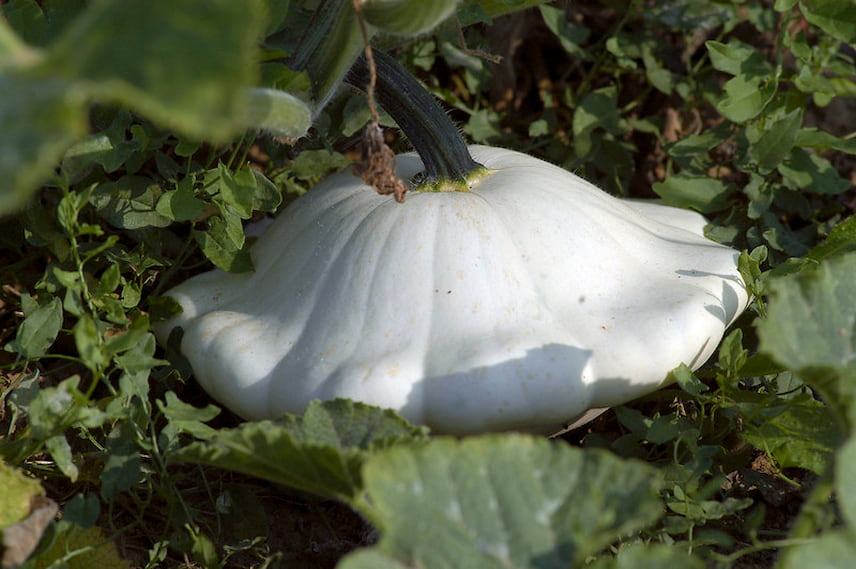
Pattypan declinates in white or in orange
Green
Green squash is less common but several examples exist. Fruits of Longue de Nice squash can reach 1 metre, and those of Marenka gourd (non-edible) feature reliefs and craters. Peruvian squash has fruits with dark green skin and pistachio-coloured flesh.
Blue
A rarity worth mentioning: Hungarian Blue pumpkin has a bluish skin and orange flesh.
Then there are squashes that stand out with coloured, striate, striped or speckled skins in multiple hues. If you love bold looks, choose Cushaw Golden, Delicata or Sweet Dumpling (Patidou), all striate in cream and green; Siam squash, with a beautiful green marbled with white; or green pattypan squash variegated with white, which announces its colours at once. As for Turk’s Turban (giraumon), it plays on every front, dressing in red, yellow, green and white.
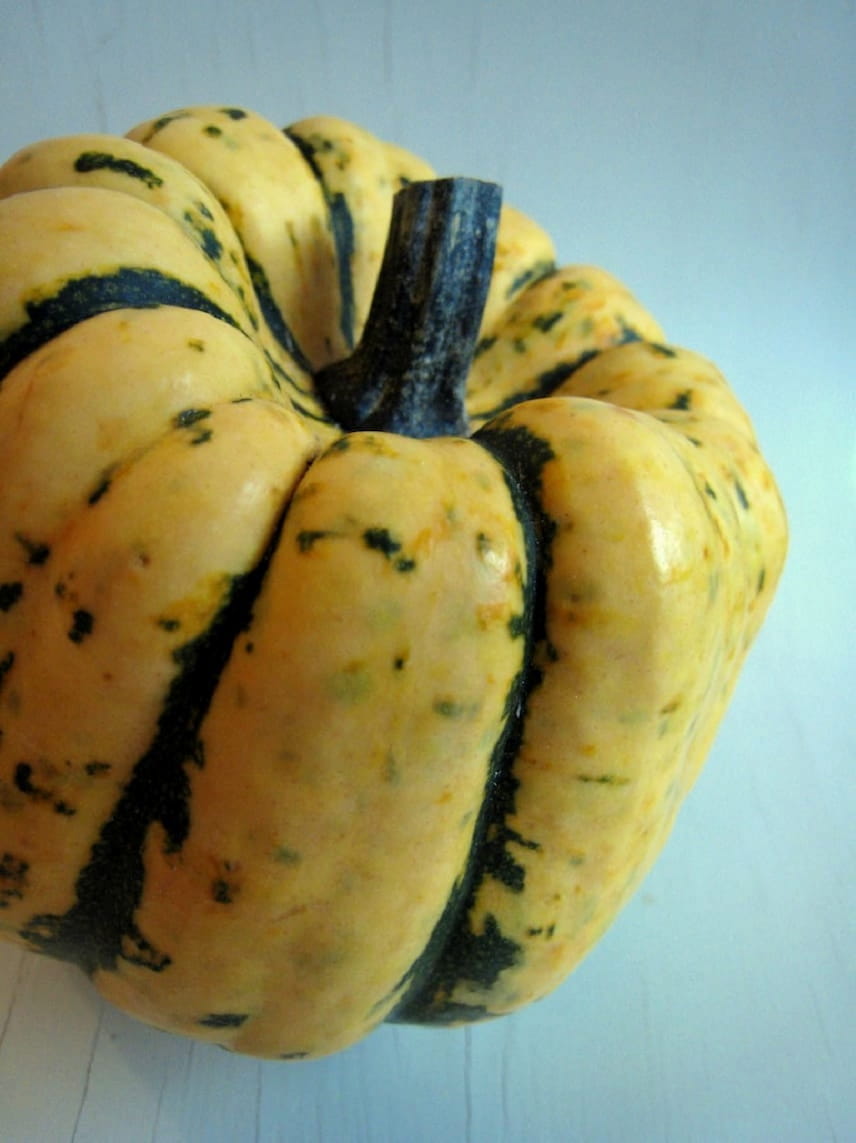
Patidou squash has cream fruits striate with green
Discover other Squash, Courgette and Pumpkin seeds
View all →Available in 0 sizes
Available in 1 sizes
Available in 1 sizes
Available in 1 sizes
Available in 1 sizes
Available in 1 sizes
Available in 1 sizes
Available in 1 sizes
Available in 1 sizes
Available in 2 sizes
In terms of their shape and pruning
When it comes to squashes, some proudly display their roundness while others opt for a slimmer look. Some favour XXL dimensions or, conversely, prefer to be delightfully tiny. You can therefore also choose squashes to grow in your vegetable patch according to size and shape.
Varied shapes
Generally, pumpkin and musquée-type squash are round (except Musquée Violina squash, which, as its name suggests, is violin-shaped), potiron is more flattened and potimarron (red kuri) has a pear or spinning-top shape. Butternut squash is club-shaped, pattypan squash is saucer-shaped, spaghetti squash is rather oblong and giraumon pumpkin is notable for its hemispherical cap. Long de Nice squash reveals its shape clearly, as do the Powder Pear gourd and the Mini calabash gourd. Finally, some of the most original shapes come from Italian varieties such as Tromba d’Albenga squash, which has a swelling topped by a neck, or Tromboncino d’Albenga, which curls in on itself.
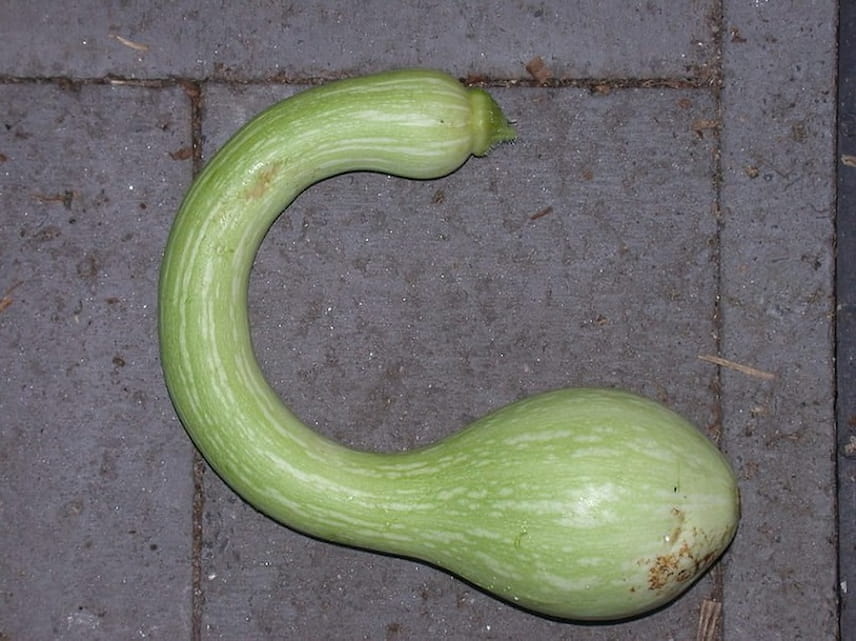
The Trombocino d’Albenga squash curls in on itself
A matter of size too
More than a question of dimensions, it is mainly weight that makes the difference, because weights can soar very quickly! For example, musquée-type squash can reach 50 centimetres and 40 kg, and Pleine de Naples squash can reach 1 metre for 25 kg. As for Atlantic Giant pumpkin, it is almost off the scale, with a world record of 700 kg for a single fruit!
If you are looking for squashes of less extreme size, potimarrons will fit well in your garden, particularly Uchiki Kuri, which yields fruits up to 1.5 kg. Likewise, Jack Be Little squash produces fruits 5–8 cm long averaging 300 g, and mini Baby Boo has white fruits barely exceeding 300 g. Sucrine du Berry also stays within normal range with fruits 12–15 cm in diameter.
Read also
Sowing of squashes and courgettesDepending on their flavour
There are a thousand and one ways to cook squashes: in soups, gratins, tarts, purées, raw and grated, or even in desserts for the sweetest ones. On the palate, the different varieties of squashes are similar, although there are some nuances linked to texture and to flavour.
- Squashes with chestnut flavour: potimarron (Patidou) pumpkin, Jack Be Little, Delicata squash, the Doux d’Hokkaïdo pumpkin…
- Squashes with hazelnut flavour: Butternut, the Winter acorn squash, Cou Tors squash, Tromba d’Albenga squash
- Squashes with sweet potato flavour: Delicata squash
- Squashes with artichoke flavour: pâtissons, Pomme d’or
- Very sweet squashes for desserts: Sucrine du Berry, the Mellonnette Jaspée de Vendée squash, the Petite Sucrée squash.
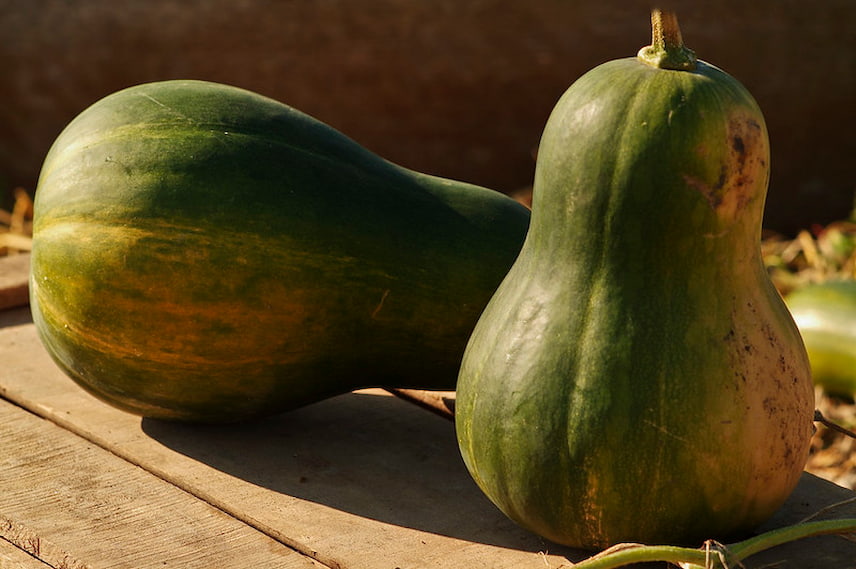
With its very sweet flavour, the Sucrine du Berry is ideal for desserts
Depending on the space they occupy
Some squashes need room in vegetable patch because they are vining, others, non-vining, make do with more restricted space.
Vining varieties
Vining squashes have stems reaching several metres in length and can be grown vertically on sturdy trellises. Choose Pomme d’or, easy to trellis; Spaghetti squashes, interesting for cooking; butternuts; Musquée de Provence, which can run for 6 metres; Sucrine du Berry or Tromba d’Albenga, which produce at least 5–6 fruits.
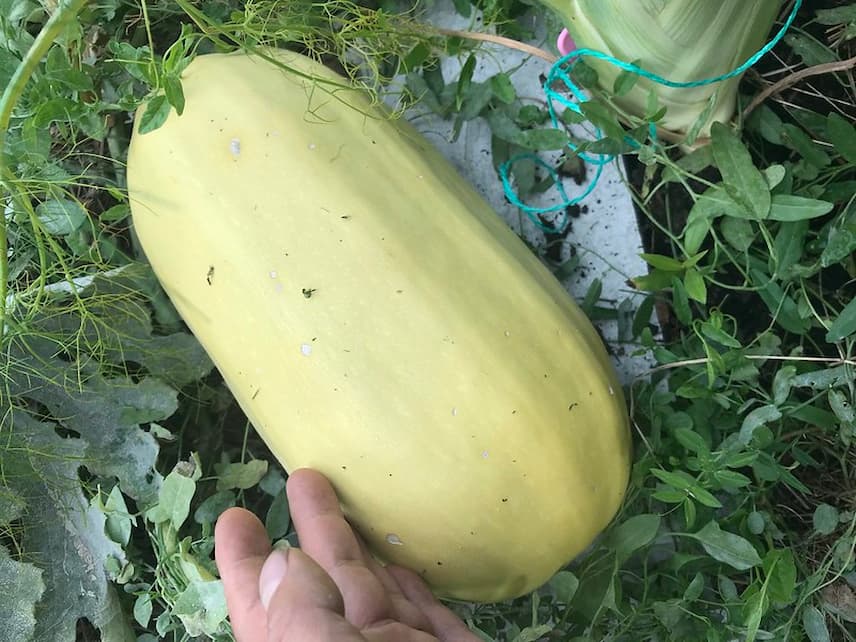
Spaghetti squash is a vining variety that produces stringy fruits
Non-vining varieties
White pattypan or Orange pattypan can be grown in a pot on a balcony; Longue de Nice squash has a bushy habit; the Green non-vining Italian squash, a very productive variety… or the surprising Luffa Cylindra or sponge gourd, a climbing variety whose fruits are used as scrubbing sponges or exfoliating mitts.
Depending on the sowing and harvest period
All varieties of squash are generally sown in March and April in buckets in a warm place, and after mid-May (after the Ice Saints) or in June, even July, in open ground. No need to rush as squashes germinate very quickly, in just a few days, and can be pricked out 10 to 15 days after sowing.
As for harvest, it runs from July to November depending on varieties. Squashes store very well in a ventilated place at around 15 °C
Not forgetting those that are simply beautiful
You can also choose to grow squashes for their beauty. Some are beautiful and edible. For example, Giraumons Turban or Petit Bonnet Turc burst with colour in the vegetable patch while being delicious on the plate.
Others are inedible and purely ornamental, grown for the pleasure of the eye, such as Marenka squash, the African calabash, the Pelerine gourd.
- Subscribe!
- Contents
































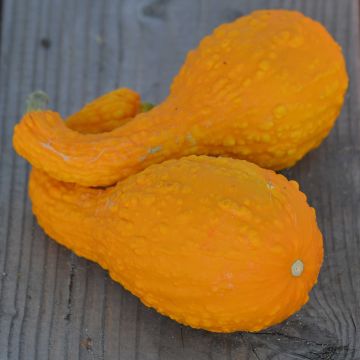
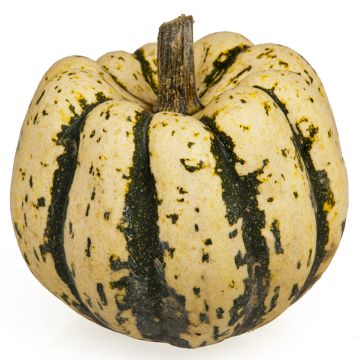
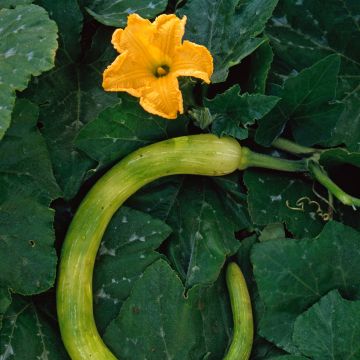
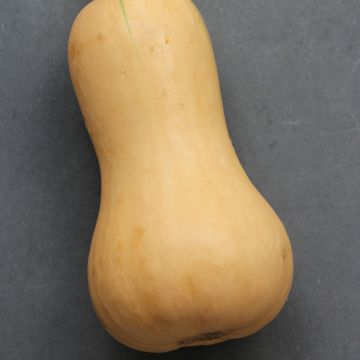
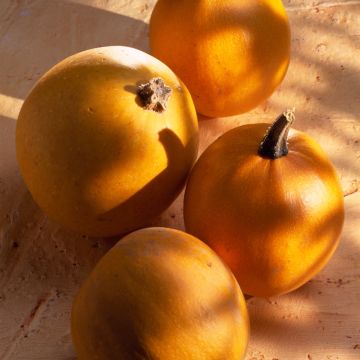
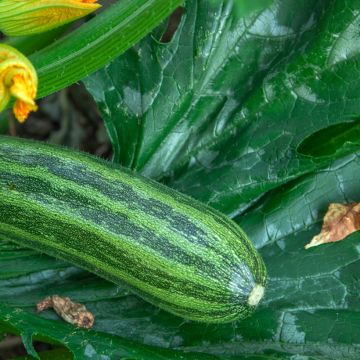
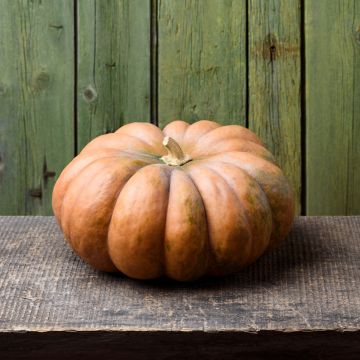
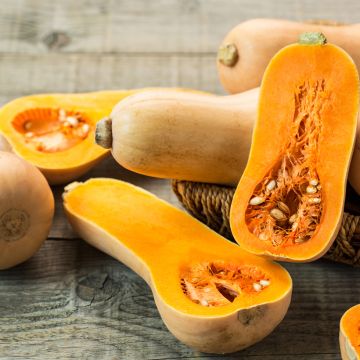
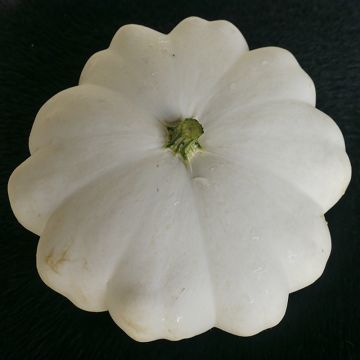
Comments